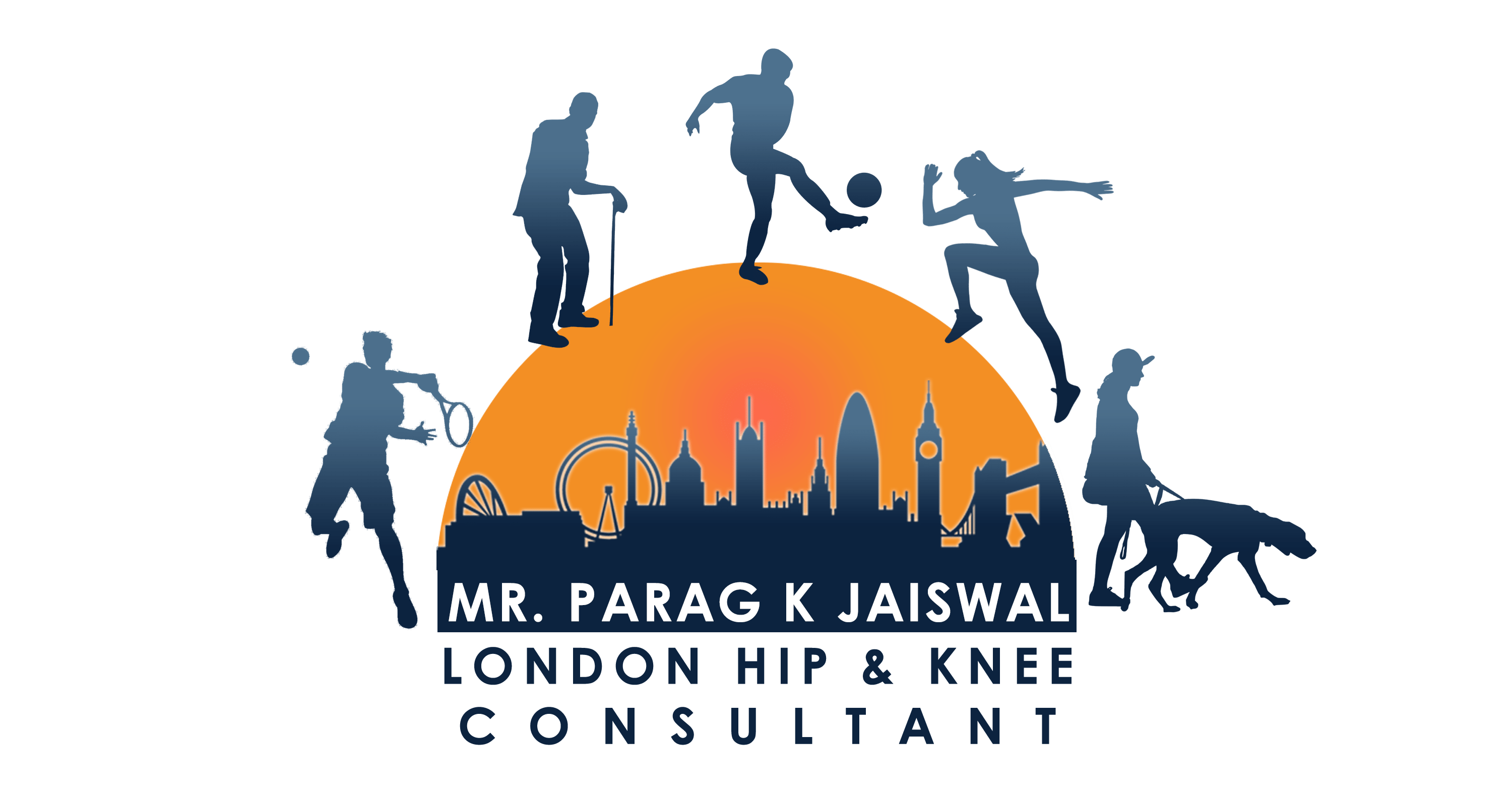Orthopaedic Expert Care You Can Trust

This is keyhole surgery, which allows the surgeon to look inside the knee joint. It usually involves two small scars of less than 1 cm either side of your patella tendon. Through one of the scars, the camera is inserted and the images are viewed on a television screen. Through the other incision instruments are inserted, which allow the operation/procedure to take place.
Why am I having it?
It is usually performed to treat tears in the cartilage inside the knee. The most common type of cartilage injury is a tear in the meniscus a shock absorber inside in the (Click Here to read more about knee injuries).
In addition, the cartilage lining the knee joint (synovial cartilage) can get damaged or worn away. If this is the cause of your symptoms, it can be treated by a variety of regenerative procedures. Other conditions that can be treated with a knee arthroscopy include removal of loose bodies (small fragments of bone or cartilage), removal/resection of inflamed tissue, and treatment of ligament tears.
What happens before and after the surgery?
The procedure is performed as a day case normally (you usually come in the morning and leave the same day). The hospital will contact you to arrange a time for you to come in. As the procedure is performed under a general anaesthetic, you will probably be required to stop eating a minimum of six hours before the operation starts. You can drink water only up to 2 hours before. After the nursing team admits you, an anaesthetist will see you shortly atferwards. The surgeon or his team member will also go through what the operation involves again and what is hoped to be achieved with the operation.
The operation is performed with a tourniquet around the thigh (like a blood pressure cuff on the arm). The leg is prepared with antibacterial solution (so do not be too alarmed if your leg is pink or orange when you wake up)! There are usually two small stitches where the surgical scar has been made. This is covered with dressings and the whole knee is wrapped around with a bandage. You are usually required to remove this bulky dressing yourself after a couple of days.
After the operation, you will awake in the recovery area. You will be provided with something to drink. If you haven’t been seen by the physiotherapist beforehand you will be afterwards to ensure that you can get up and walk safely. Usually, you will need a couple of crutches for a few days to a week. The stitches need to be removed around 10 to 12 days after the operation and this is performed by the nurse at your general practice. The surgeon usually sees the patient six weeks after the operation.
How long will I be off work?
The answer to this question really depends on two main factors:
- What actually is performed in the procedure and what the weight-bearing restrictions are. The surgeon will come and talk to you about what has been done and what the rehabilitation involved will be.
- The type of work you do and how you get to work. If you have a desk-based job then most patients return to work after a week or two, depending on how they commute. If your job is more manual then it may take longer. Most patients drive after 7 to 10 days when the knee pain and swelling is usually considerably better.
What are the risks of surgery?
All operations are associated with general and specific risks or complications. In this particular case the risks are small and less than 1%. These include:
- Blood clots in the legs and rarely lungs
- Infection
- Bleeding (may lead to collection of blood inside the knee joint)
- Failure to improve symptoms
- Damage to structures inside the knee
- Very rarely nerve injury
Please contact us if you have any questions regarding this or any other procedure.

